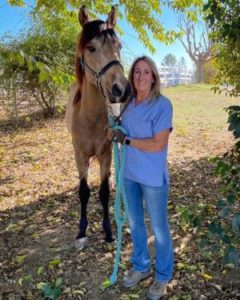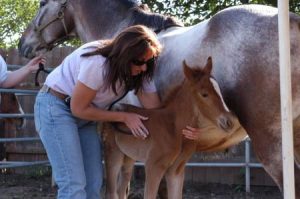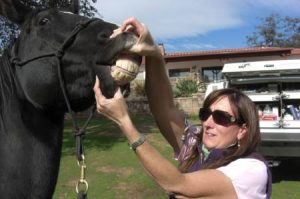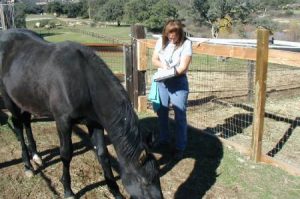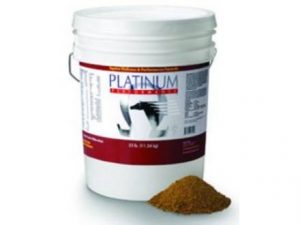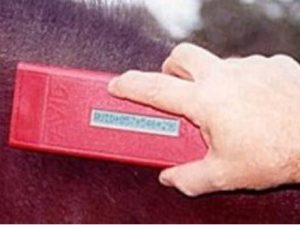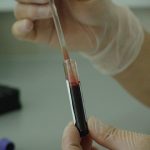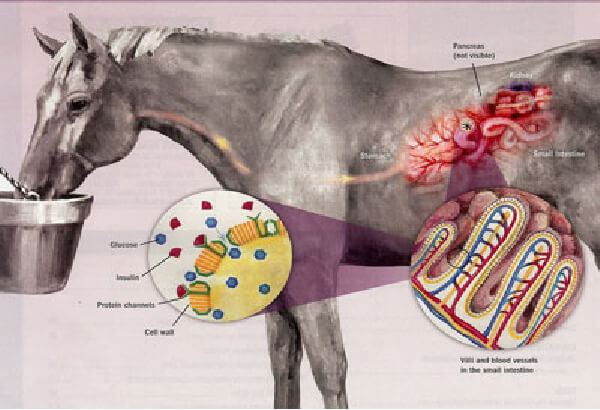
HOW INSULIN WORKS IN A HOR …
In healthy horses, the pancreas produces a hormone called insulin in response to increased glucose levels in the blood from high-starch and -sugar meals. Here’s why: During digestion, villi (tiny hair like projections) lining the the small intestine’s wall absorb glucose into the bloodstream, signaling the pancreas to release insulin-a hormone that helps the body turn glucose into energy.
The insulin then travels through the blood and attaches to body cell wall receptors that trigger other protein reactions allowing glucose to enter. Once inside, the cells convert glucose to energy or store it to use later. Insulin is essentially the gatekeeper of this process: If no insulin is attached to the receptor, no glucose can enter the cell (as illustrated below with the red insulin attached to the green protein channels, or receptors, on the cell wall).
When the process works properly, it returns blood sugar levels to normal concentrations after eating. A lack of insulin in the bloodstream or a condition called insulin resistance can cause abnormally high amounts of glucose to circulate in the bloodstream, putting a horse at risk of obesity and/or the hoof disease laminitis .


